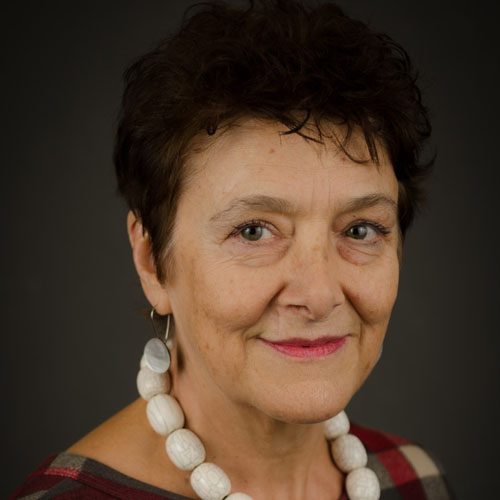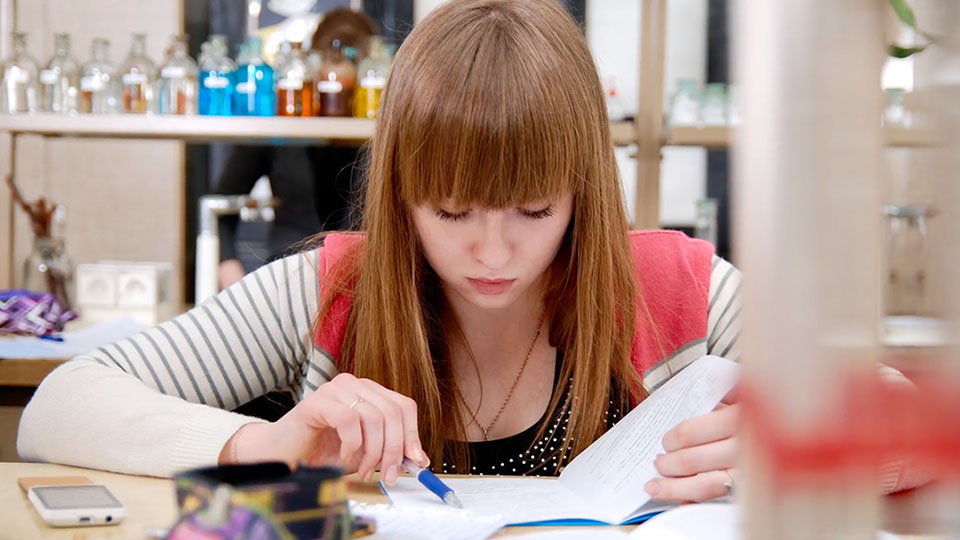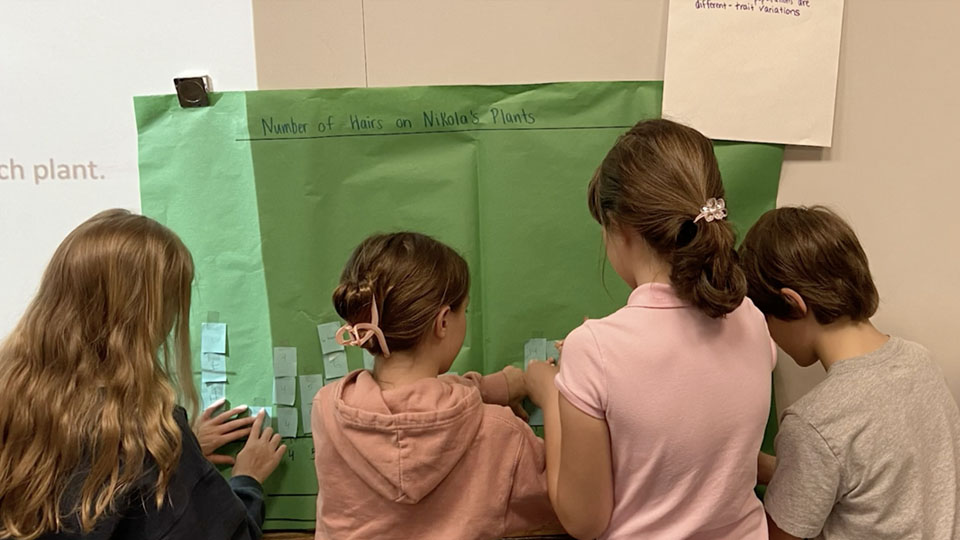Research on the Development of Computational and Systems Thinking in Middle School Students through Explorations of Complex Earth Systems (2017)
Description
The Building Systems from Scratch project is using multiple cycles of design-based research to integrate systems and computational thinking into middle school learning about climate science by interweaving game design and climate science learning. Students explore a systems and socio-ecological approach to learning about intersections between computation and climate change dynamics. The project is based on the idea that when young people build games, they construct knowledge at the same time. We are developing and testing the idea that students learn systems thinking and climate science better by building games than by direct instruction or student inquiry alone. We are also developing and testing the learning environment in which students build games. It includes students as knowledge producers, collaborative structures of pair programming, developing classroom networks of distributed expertise, art studio-inspired critique sessions, and a focus on game design as consisting of three related elements, reality, meaning, and play.
NSF Award: 1542954









Judy